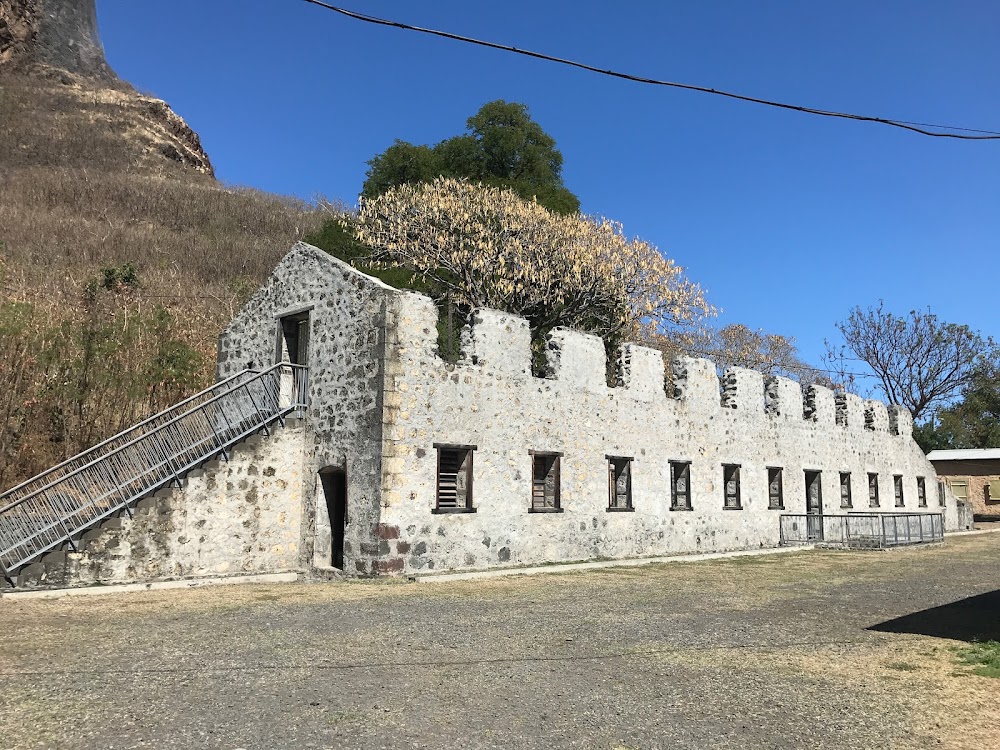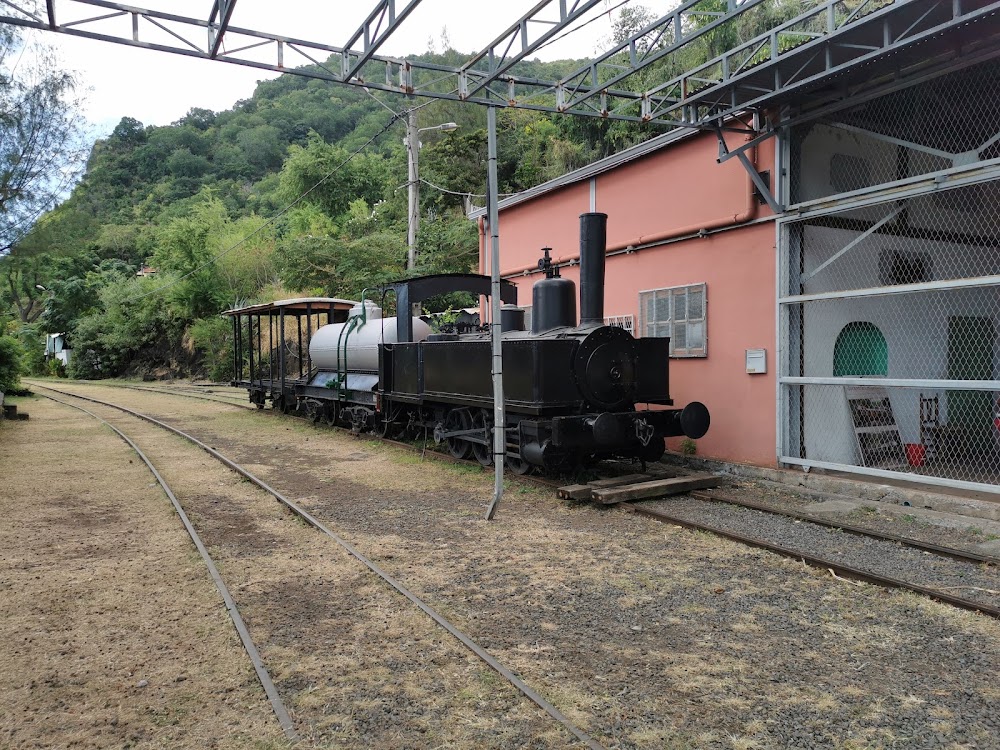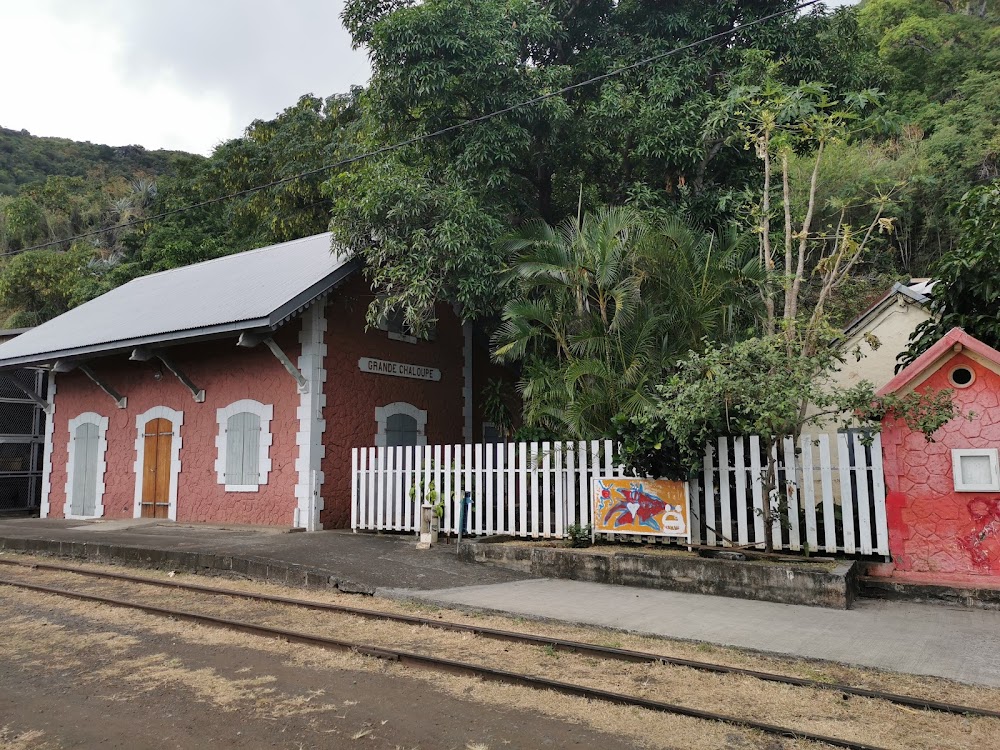Chaloupe Island (Île Chaloupe)
Overview
Le Lazaret, located on Chaloupe Island in the remote Saint Brandon Islands of Mauritius, is a captivating historical site with deep roots in the maritime history of the Indian Ocean. These islands, often referred to as the Cargados Carajos Shoals, comprise over 50 small islands and atolls situated approximately 430 km northeast of Mauritius.
A Historical Quarantine Facility
Originally constructed in the early 19th century, Le Lazaret served as a quarantine facility during a time when maritime travel was rife with the threat of pandemics and contagious diseases. Ships embarking on long voyages often carried illnesses that could spread rapidly upon docking. To combat this risk, quarantine stations like Le Lazaret were established to isolate and treat infected passengers and crew members before they could reach the mainland, thereby protecting the general population from potential outbreaks.
Ingenious Construction in Isolation
Building Le Lazaret required remarkable ingenuity and effort, given the remote nature of the Saint Brandon Islands. The materials for its construction—such as limestone, coral rocks, wooden beams, and palm leaves—were primarily sourced locally, minimizing the need for transportation from afar. The use of limestone and coral rocks for the walls ensured durability against the harsh maritime climate, while palm leaves and timber were crucial for roofing and interior structures.
The labor force that constructed Le Lazaret comprised skilled masons and craftsmen, either local to Mauritius or from nearby regions. These builders showcased adaptability, employing traditional construction techniques to maximize the use of the island's natural resources. Over time, the station evolved to include various facilities, such as isolation wards, staff living quarters, storage areas, and watchtowers to monitor incoming vessels.
Safeguarding Against Disease
Throughout its operational years, Le Lazaret played a pivotal role in protecting Mauritius and its neighboring islands from numerous disease outbreaks, including cholera, smallpox, and plague. Ships arriving in the vicinity of the Saint Brandon Islands were required to anchor near Chaloupe Island and undergo rigorous health inspections. Passengers and crew members exhibiting signs of illness were transferred to the quarantine facility, where they received medical care and observation, sometimes for weeks or even months.
As medical science advanced and disease prevention measures improved by the early 20th century, the necessity for extensive quarantine protocols diminished, leading to a decline in Le Lazaret’s importance. Nevertheless, the site remains a significant historical landmark, symbolizing centuries of maritime history and human resilience in the face of health crises.
A Monument to Resilience
Today, Le Lazaret stands as a testament to the perseverance and ingenuity of those who fought against the spread of contagious diseases. The remnants of the quarantine station draw historians, researchers, and tourists alike, all captivated by its story and the broader maritime heritage of the Indian Ocean. The Mauritian government and heritage preservation organizations continue to make efforts to maintain and protect what remains of Le Lazaret, ensuring its legacy endures for future generations.
Environmental Significance of the Saint Brandon Islands
In addition to its historical relevance, the Saint Brandon Islands are celebrated for their environmental significance. Home to diverse marine life, rare bird species, and pristine coral reefs, the islands provide invaluable natural habitats. Ongoing conservation efforts aim to preserve this unique ecosystem alongside cultural heritage sites such as Le Lazaret.
In essence, Le Lazaret on Chaloupe Island is more than just an old quarantine station; it represents human resourcefulness, the importance of public health measures, and the rich, intertwined heritage of history and nature within Mauritius’s maritime narrative.








